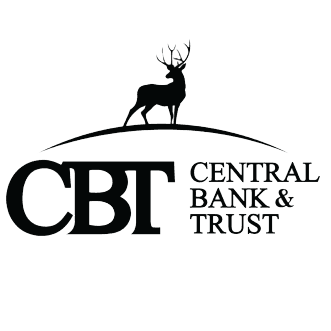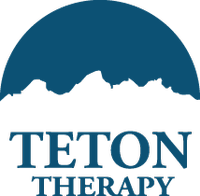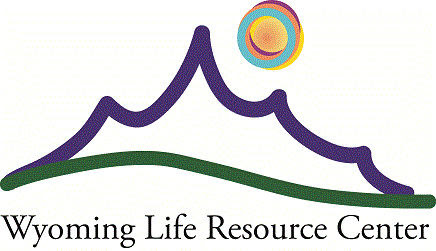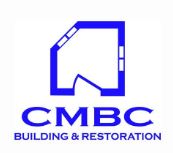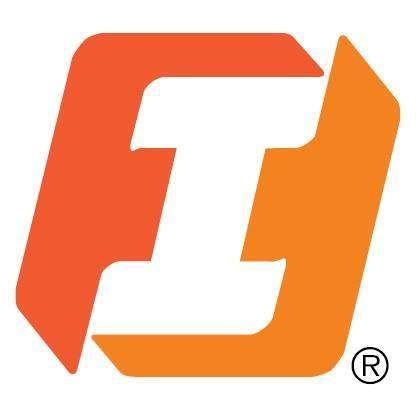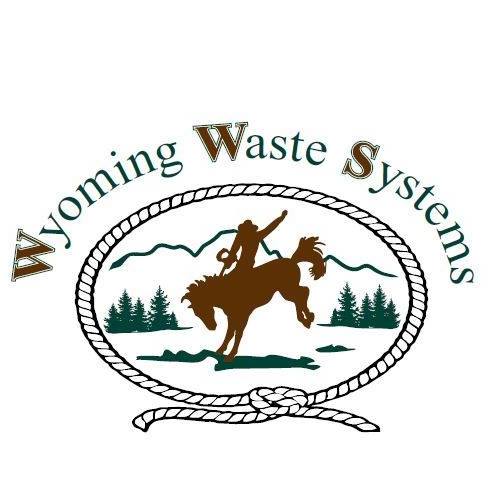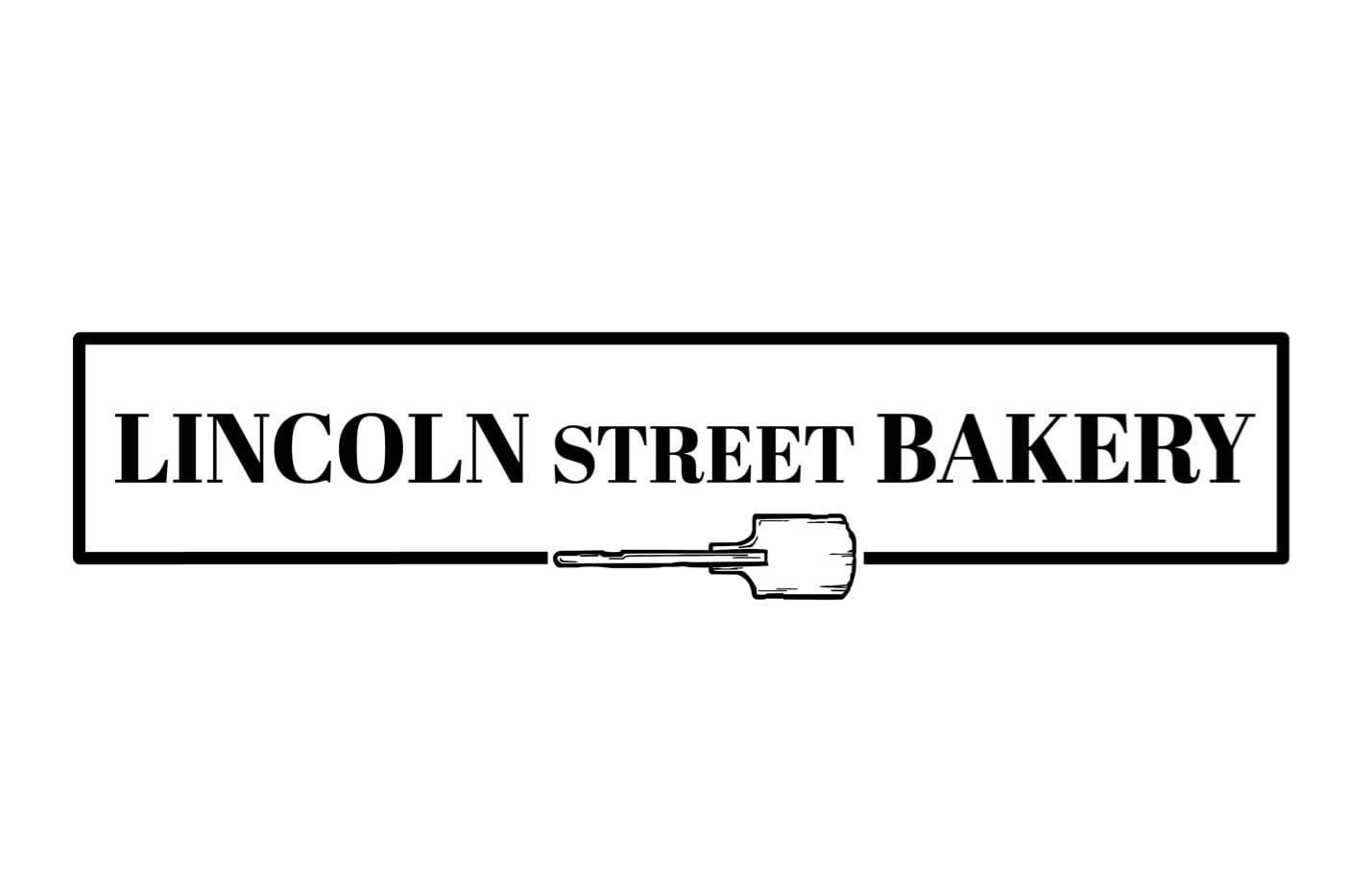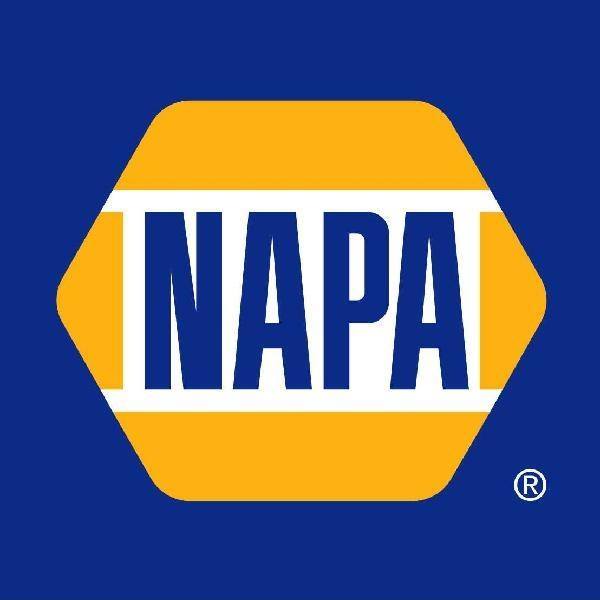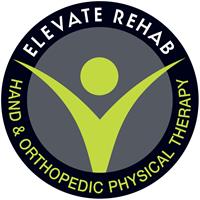
These six digital tools can improve productivity and communication at work.
Good workplace communication improves employee engagement, reduces conflict, and improves collaboration. These six digital tools make it easier to communicate with your employees.
Monday.com
Monday.com is project management software that you can customize to fit your business. It’s an excellent option for remote teams needing to collaborate on projects. The software lets you manage every step of your project, from ideation to implementation.
The software has 10 different viewing options, including Gantt charts, Kanban boards, a calendar view, and a timeline. This is helpful for teams since everyone has different ways of processing visual information.
You can also assign tasks to different team members, share documents, and assign user permissions. Team members can also tag one another, so you never need to leave the app to ask questions or get feedback.
Slack
If you need a simple and inexpensive way to communicate with your team, Slack is one of the best options on the market. The communication software is available for mobile devices, laptops, and desktops, and it integrates with over 2,500 popular apps.
Slack members can set up different channels where users can join group discussions. You can create different channels dedicated to different projects or areas of the company. Members of each channel can post messages, create lists, and share documents and files.
You can also message individual team members privately and share audio and video clips. Slack now offers a feature called Canvas, which is similar to most whiteboards and can be used to brainstorm new ideas.
Zoom
When it comes to video conferencing software, Zoom is one of the best options available for companies of all sizes. A variety of plans are available, and the free plan allows up to 100 participants per meeting.
You can easily schedule meetings and invite team members to join, and the software is easy to install on your laptop or mobile device. Every meeting comes with built-in collaboration tools like chat functionality, screen sharing, and a third-party whiteboard.
And Zoom integrates with popular apps like Google Docs, Microsoft OneDrive, Salesforce, and Jira. You also have the option to add audio conferencing, cloud storage, and premiere customer support.
Google Workspace
Google Workspace is a productivity suite that includes Gmail, Calendar, Drive, Meet, Docs, Sheets, Slides, and Chat. And there are additional business tools including upgraded storage options and custom company email. Plus, Google Workspace integrates with dozens of popular apps.
Google Workspace is a good option for small businesses looking for an intuitive and affordable platform. It’s easy for new users to get started, and you won’t have to spend much time training your employees on how to use the software.
Asana
Asana is cloud-based project management software that’s free for teams with 10 or fewer people. You can use one of Asana’s pre-made templates to set up your project and then break up the work into different tasks. From there, you can create due dates and assign each task to different employees.
Asana’s reporting dashboard makes it easier to see your project’s status in real time and ensure you stay on track. You can also create goals to ensure every project aligns with the company’s bigger objectives.
Microsoft Teams
If you’re not a fan of Zoom, Microsoft Teams is another good video-conferencing software option. Teams allows you to host meetings and webinars, share files, and make and receive phone calls. It’s a great option for anyone who’s a fan of Microsoft products, and the software also integrates with hundreds of other apps.
The video and audio quality are excellent without consuming large quantities of data. Teams also offers an instant messaging feature similar to Slack’s. If you’re currently combining Slack and Zoom, you could replace both with Microsoft Teams.

